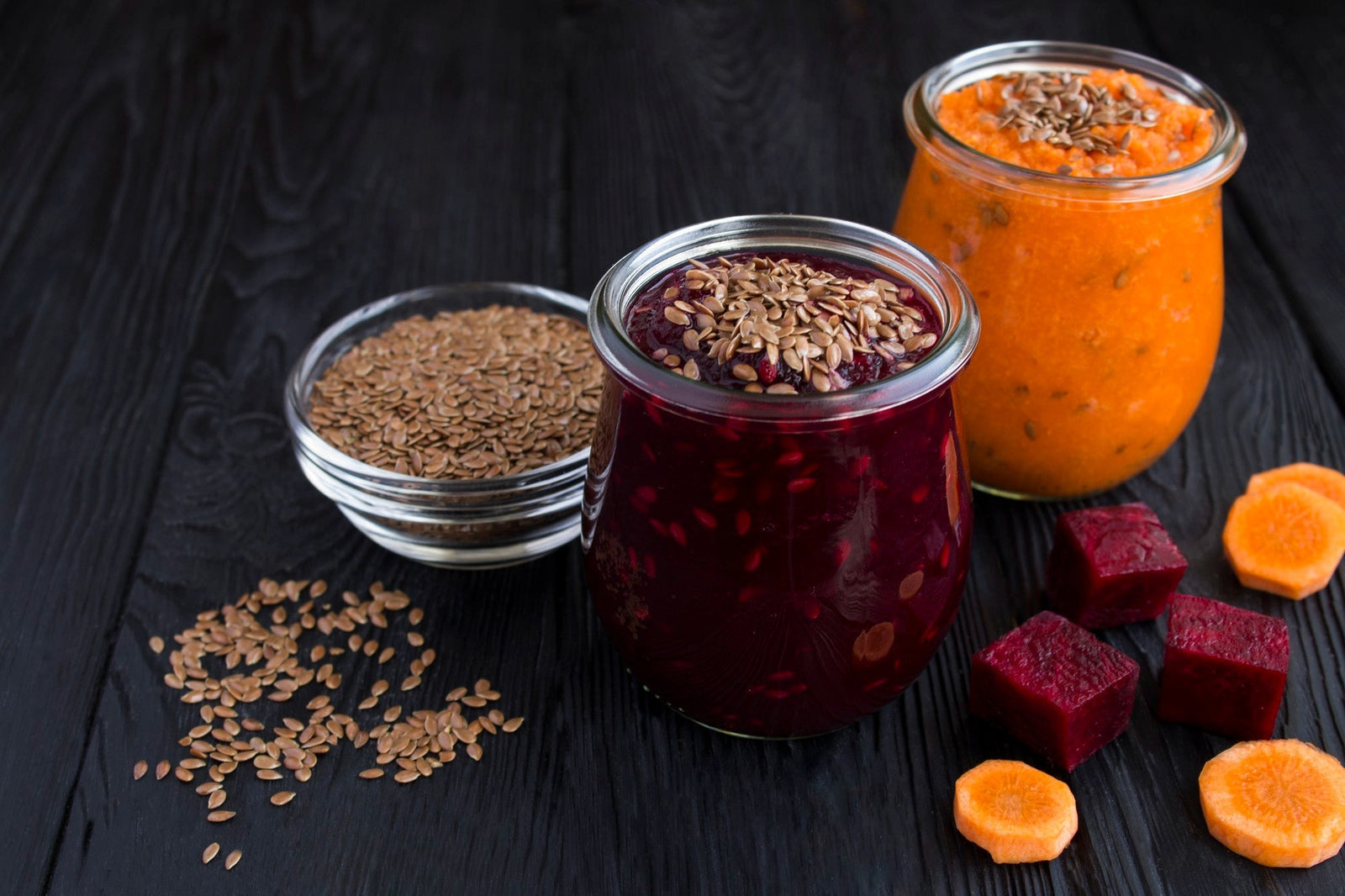
October 13, 2020 2 min read
Origin
Maize (now known as corn) was first discovered in Mexico and quickly spread throughout the Americas. The Iroquois first introduced sweet corn to European settlers in 1779. They taught them how to grow, harvest, and prepare it because the settlers did not know how to farm there. Sweet corn came from a gene mutation of regular corn which gave it the naturally sweet flavor we enjoy today. Although sweet corn is very popular, the most commonly grown and consumed type of corn in America is yellow dent. Corn is used in a plethora of products other than cooking and is regularly used in some farms animal feed. Some widely used products are corn syrup, corn starch, cornmeal, and corn oil.
Genus

Zea is the genus of corn and belongs to the Poaceae family. While corn and maize are very similar, corn is classified as a vegetable, and maize a type of grain. There are 3 different types of sweet corn: Su (regular), Sh2 (shrunken, supersweet), and Se (sugar enhanced). While all corn may look similar, they are very different and must be prepared in individual ways.
Our sweet corn is dried and is used for grinding rather than cooking. Grinding corn is used to make cornmeal and cornstarch, which is regularly used in the kitchen. Cornmeal is commonly used in recipes like cornbread, grits, pancakes, and many more. It is also used to replace certain flours, as it is completely gluten-free. Corn starch is a very effective thickening product used in soups, gravy, and sauces. Stay tuned for next week's blog to learn about the nutritional value of sweet corn!
❤ Try our USDA certified organic Sweet Corn ❤
Related Blogs
Thanks for reading this Be Still Farms Blog article. To sign up for more news/articles and/or recipes, click here. For more about us, click here. To shop our certified organic products, click here.
Please comment and share and we look forward to serving you in the future!
Comments will be approved before showing up.

January 27, 2025 3 min read
Flaxseed, the tiny yet powerful superfood, is packed with nutrients that can support weight loss. From curbing hunger to stabilizing blood sugar, this guide dives into the science of how flaxseed can help you shed those extra pounds.

December 11, 2024 3 min read
Discover three quick and easy soup recipes featuring organic small red beans. From a classic vegetable soup to a creamy potato blend, these wholesome recipes are perfect for chilly days and busy weeknights. Packed with flavor and nutrition, these soups will warm your heart and soul this winter!

December 06, 2024 3 min read
This vibrant and nutritious Green Lentil Salad combines tender lentils with grilled chicken, fresh vegetables, and a zesty lemon dressing. Packed with protein, fiber, and essential vitamins, it’s the perfect healthy meal for any time of day.
© 2026 Be Still Farms- Real, Fine Organics.
Privacy | Terms | Refund Policy | Organic Certification
